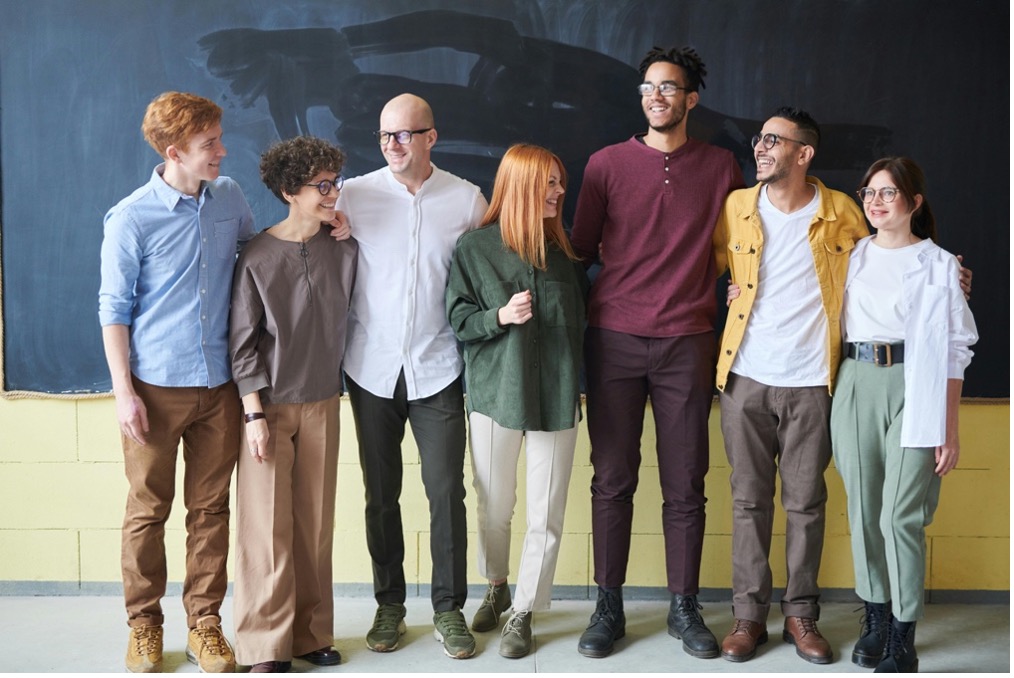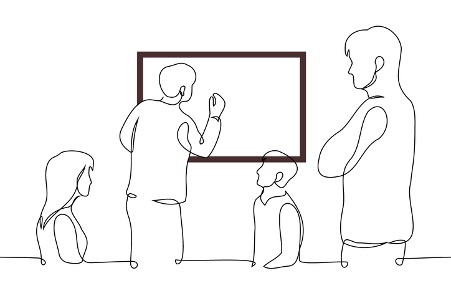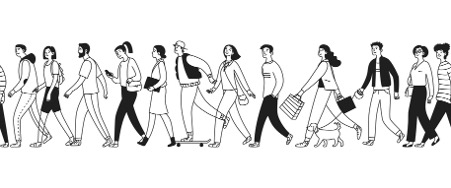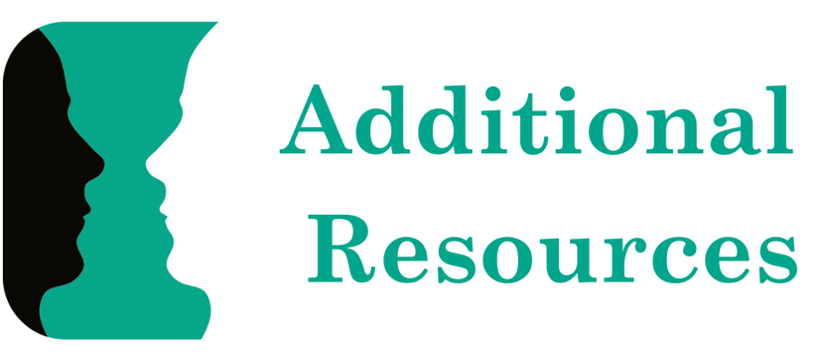When someone says they’re a mediator, what image comes to mind? Probably someone who helps people in conflict work through their differences, right? Simple enough. But here’s the thing—mediators are not all the same. In fact, the mediation field is incredibly diverse, even though most practitioners don’t describe themselves beyond the generic label of “mediator.”
There are many different ways mediators approach conflict resolution – and just like in society, some approaches are seen as “typical” or “standard”, others are considered a bit unusual. Let’s explore what this means.

Meet the typical facilitative mediator
In the world of mediation, the facilitative model is the most common—it’s seen as the standard approach. Facilitative mediators focus on supporting conversations between people in conflict, helping them identify and clarify their interests, and assisting them to design their own outcomes.
Facilitative mediators are the “default” in the field. Mediation training is designed around their way of working, and the Australian Mediation Accreditation System (AMDRAS) is built to certify them. If you train as a mediator in Australia, you’re likely being shaped into a facilitative practitioner.
While having standards and a regulatory body is important to maintain quality in the field, it can also stifle different and equally valid approaches and innovation. It can marginalise the less recognised approaches (e.g. transformative mediation) and relegate them to the lesser paid community contexts (e.g. community mediation centres). It can also create a barrier to entry into more lucrative work, where accreditation is often required. While many mediators who use a different approach in their practice do complete the facilitative mediation training and become accredited for this reason, they face additional costs (in time and training fees).
It’s worth pointing out that even within the typical group of facilitative mediators (accredited under the standards), there’s a lot of variation:
-
Some mediators prefer joint sessions, while others rely heavily on shuttle mediation (where parties remain separate).
-
Some facilitative mediators are more evaluative—they offer subtle advice or reality-checks—while others remain strictly impartial.
-
Some mediators conduct their own intakes, while others outsource them to case managers.
-
Some mediators conduct pre-mediation individual meetings with parties (some even provide conflict coaching) while others do not.
So, while facilitative mediators may be the majority, they’re not carbon copies of each other. There’s still diversity within the typical—but they’re all speaking the same general mediation language.

Different models, skills, and ways of thinking about conflict
Now, let’s talk about the mediators who don’t follow the dominant facilitative model but still do the important work of guiding people through conflict. These mediators think differently about conflict and apply different strategies, but they share the same goal: helping people navigate disputes constructively.
Mediation approaches that are different from the standard facilitative model include:
-
Transformative mediators, who focus on supporting parties to develop empowerment and recognition in their moment-by-moment interactions;
-
Narrative mediators, who see conflict as a story and help parties reshape the narrative, or even create new stories.
-
Insight mediators, who focus on how people make sense of their conflict and help them gain new understanding.
-
Harmony mediators, who take a culturally informed approach and prioritise relationship-building.
These mediators may not fit into the facilitative mold, but they still get great results. Clients are happy, conflicts are often resolved, and relationships improve. They just take a different path to get there.

The challenges of being different
Even though practitioners who use different approaches are skilled and effective, they face real career disadvantages.
-
Accreditation Barriers – Under AMDRAS, mediation accreditation is tied to the facilitative model, making it difficult (or impossible) for mediator-divergent practitioners to get formally accredited.
-
Training Gaps – Most mediation training is facilitative-centric, meaning those drawn to transformative, narrative, or other approaches often have to seek specialised (and often less available) training.
-
Recognition & Legitimacy – Because the dominant mediation culture values facilitation as the “right” way, other approaches are often misunderstood or dismissed—even though they are evidence-based and effective.
The result? Practitioners who use different approaches have to work harder to prove themselves, go through additional training simply to gain accreditation (even when the training is completely different to their way of practising), find alternative ways to build credibility, and sometimes even gloss over the fact that they use an approach that differs from the typical facilitative framework.
Why mediator diversity matters
The reality is that there’s no one-size-fits-all approach to conflict resolution. Different mediation styles serve different people and different conflicts in different ways. Some people thrive in a facilitative mediation setting, while others need or prefer less structured approaches.
By embracing mediator-diversity, we expand the possibilities for how mediation can serve communities.
If mediation is about helping people find their own best solutions, then the field itself should practice what it preaches—by valuing diverse ways of thinking and working. That’s found in our communities. It also helps us better serve the needs of people who seek our support.
Facilitative mediators can also gain a great deal by becoming trained in other approaches to mediation. While they may not necessarily change their way of practising, it provides a terrific opportunity to reflect on what they currently do and why, and can also add useful insights and different skills that can be applied in their existing approach.

Final Thoughts: Expanding the Mediation Landscape
Imagine if the mediation field acknowledged mediator-diversity. What if:
-
Accreditation standards were more flexible, allowing for different mediation models to be formally recognized?
-
Training programs offered multiple pathways, rather than assuming facilitative mediation is the only valid approach?
-
Mediators felt free to work in the way that best suited their strengths—without fear of being sidelined?
Mediation is about helping people see things differently, challenge assumptions, and find unexpected solutions. Maybe it’s time for the mediation field to do the same.
The Conflict Management Academy is proud to offer different models of mediation training, and to promote flexibility, diversity, and critical reflection in the field.
With us, you can train and become accredited under AMDRAS using the Facilitative Model, and you can also train as a transformative mediator and become accredited with the Institute for the Study of Conflict Transformation. And very soon we will be launching our Narrative Mediation essentials training.

Facilitative mediation training:
https://conflictmanagementacademy.com/facilitative-mediation-training/
Transformative mediation essentials:
https://conflictmanagementacademy.com/transformative-mediation-essentials/
Narrative mediation essentials:
We are currently putting the finishing touches on our narrative mediation training, coming out very soon! In the meantime, you might like to see our presenter, Debbie Dunn, talking about how she uses narrative mediation effectively to resolve workplace conflict involving bullying allegations: https://conflictmanagementacademy.com/webinar-a-new-approach-to-mediating-bullying-complaints-registration/

